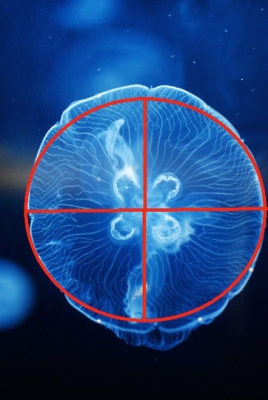
Symmetry, in biology, the repetition of the parts in an animal or plant in an orderly fashion. Specifically, symmetry refers to a correspondence of body parts, in size, shape, and relative position, on opposite sides of a dividing line or distributed around a central point or axis. With the exception of radial symmetry, external form has little relation to internal anatomy, since animals of very different anatomical construction may have the same type of symmetry.
In radial symmetry the body has the general form of a short or long cylinder or bowl, with a central axis from which the body parts radiate or along which they are arranged in regular fashion. The main axis is heteropolar—i.e., with unlike ends, one of which bears the mouth and is termed the oral, or anterior, end, and the other of which, called the aboral, or posterior, end, forms the rear end of the animal and may bear the anus. The main axis is hence termed the oral-aboral, or anteroposterior, axis. Except in animals having an odd number of parts arranged in circular fashion (as in the five-armed sea stars), any plane passing through this axis will divide the animal into symmetrical halves. Animals having three, five, seven, etc., parts in a circle have symmetry that may be referred to, respectively, as three-rayed, five-rayed, seven-rayed, etc.; only certain planes through the axis will divide such animals into symmetrical halves. Radial symmetry is found in the cnidarians (including jellyfish, sea anemones, and coral) and echinoderms (such as sea urchins, brittle stars, and sea stars).
Credit : Britannica
Picture Credit : Google




